Blue Lotus 100:1 Extract
€ 12,50 – € 20,00
Join Waitlist
We will inform you when the product arrives in stock. Please leave your valid email address below.
Description
Description
Latin name: Nymphaea capensis
Also know as: blue lotus, blue Egyptian lotus, blue water lily, sacred blue lily
Origin: China
Supplier-ID: JB-8117
Notice: (Novel Food) Raw plant material not a food in the EU
Nymphaea capensis, known primarily as blue lotus or blue lily, is a water-lily. In modern culture, the dried flowers of the blue lotus are sometimes smoked, made into a tea, or macerated in alcohol.
Additional Info
Additional information
| Weight | N/A |
|---|
Reviews (6)
6 reviews for Blue Lotus 100:1 Extract
You must be logged in to post a review.

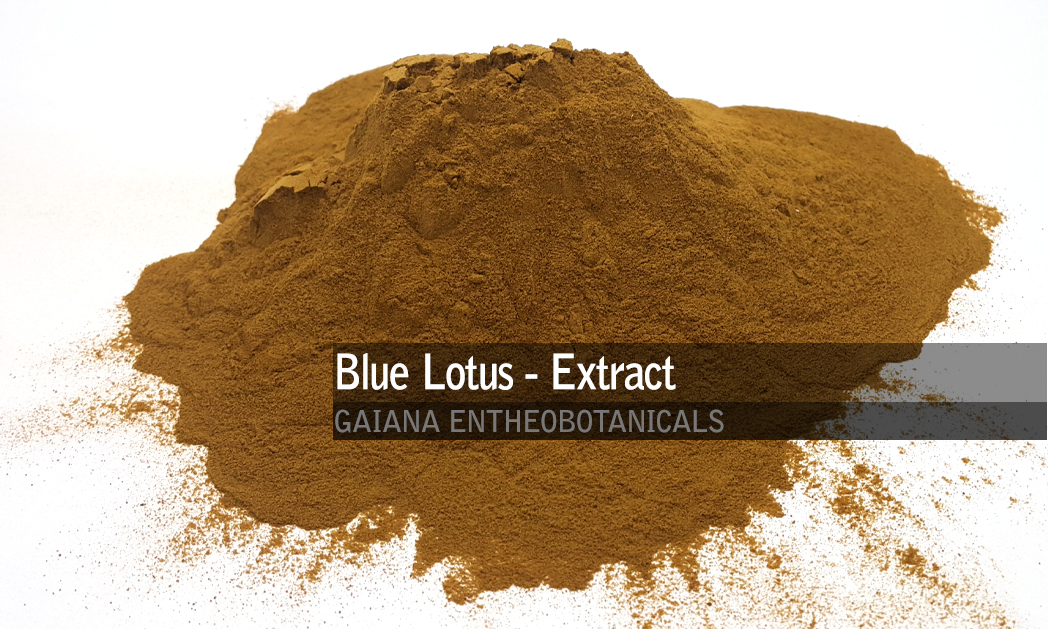
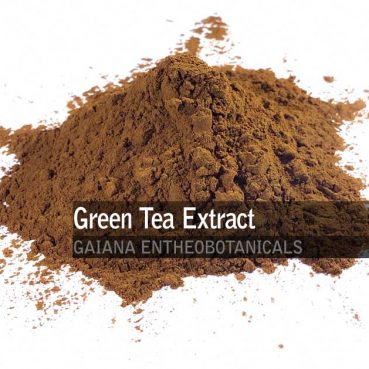
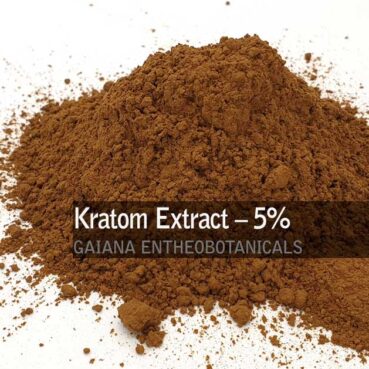







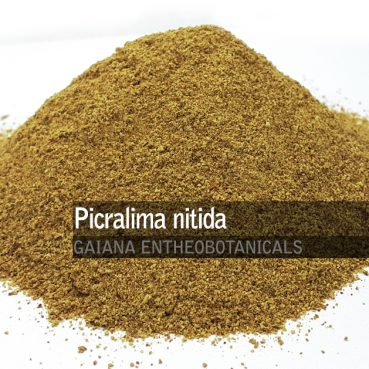






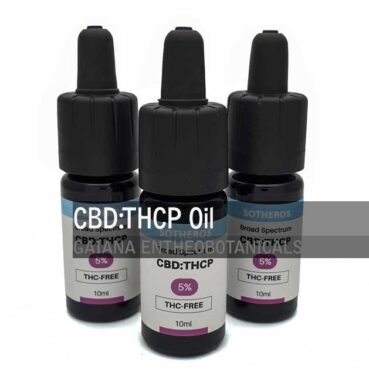

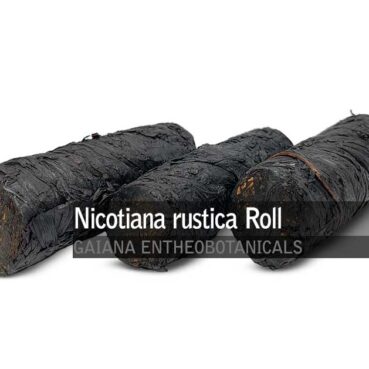
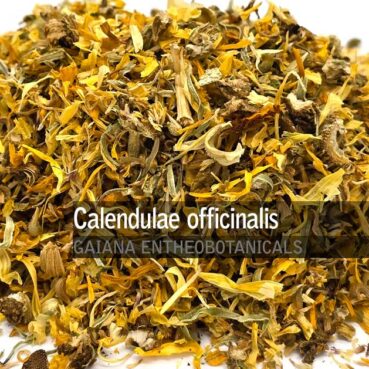
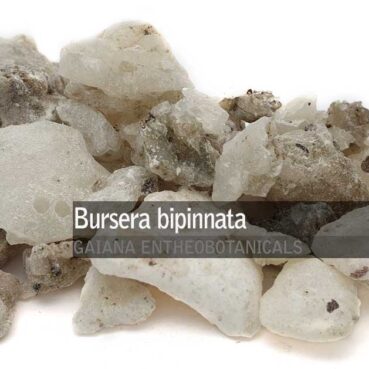
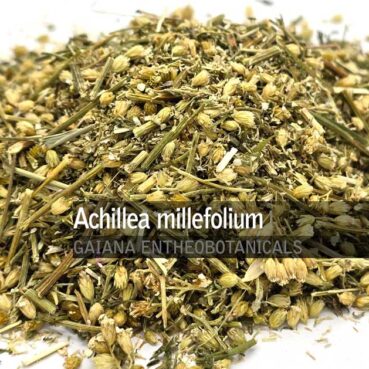
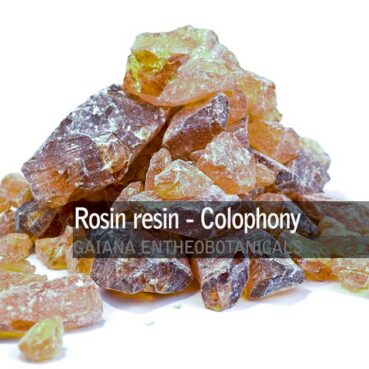



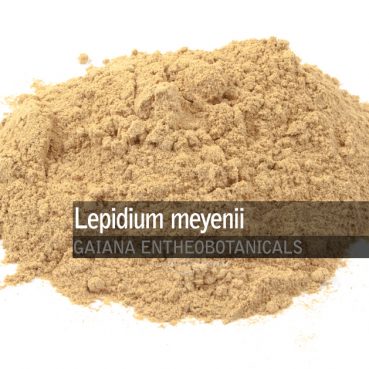


 Ilex guayusa
Ilex guayusa Borneo White Vein
Borneo White Vein Banisteriopsis caapi -Extract 30:1-
Banisteriopsis caapi -Extract 30:1- Borneo Red Vein
Borneo Red Vein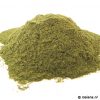 Maeng Da – Green
Maeng Da – Green
Willem (verified owner) –
Na eerst 5 Gr GMD Kratom te hebben gebruikt, hier 0,25 Gr van gevaped, moet bekennen dat het lekker zwevend is.
tanagashi (verified owner) –
Tried this mixed with tea or taken in caps. Produces a mild sedative effect. Only used up to a teaspoon or so.
willy (verified owner) –
This stuff does the job, and surrely very efficient for a deep sleep. But it is only very sedative with no recreationnal or “high” effect.
Low toxicity, after my own research.
jackov (verified owner) –
I’m really into your services but this one really made me dissapointed. I tried almost everything but I didn’t feel anything.. in my dreams neither. Maybe leaves would be better alternative :)
Tomas (verified owner) –
Really good, clear and relaxing. A teaspoon is enough.
Michaelah (verified owner) –
According to my research, this is NOT Blue Lotus (Nelumbo nucifera) but rather Blue Lily (Nymphaea caerulea) or “Sacred Blue Lily of the Nile”.
“There’s a lot of confusion on the web between Blue Lotus (Nelumbo nucifera) and the Blue Lily (Nymphaea caerulea). Some sites use the terms interchangeably, but they are quite different flowers in appearance and effect.”
It’s just a question of semantics. In “The Encyclopedia of Psychoactive Plants”—Rätsch, Christian, it labels them as the same and does not even include “Nelumbo nucifera” in its text. Nevertheless, this extract is “Nymphaea caerulea” and its pharmacology is described in the following link.
Source:
http://www.entheology.org/edoto/anmviewer.asp?a=65
We experienced the effects of this extract to be accurate to the described ones in the article after mixing it with tea. We started with 1/4 teaspoon. Then worked our way up to trying 1 teaspoon. We have not tried mixing it with wine or alcohol.